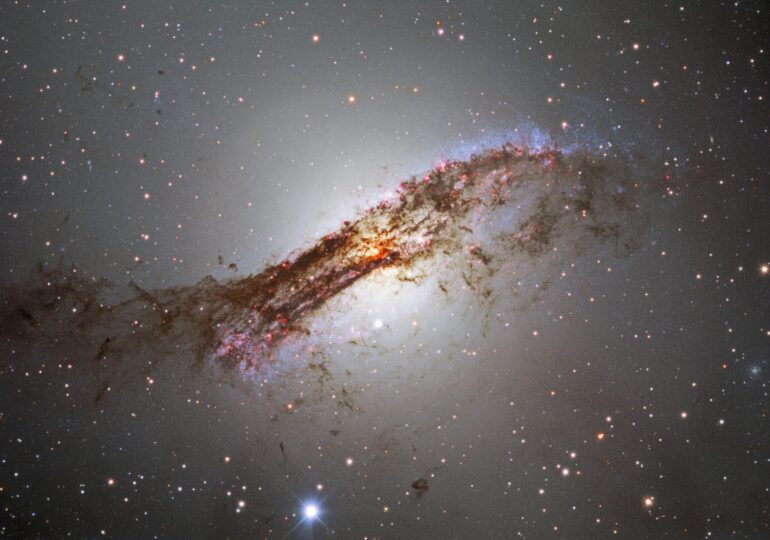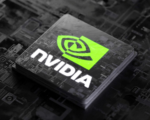C919: China’s Answer to the A320 – A Flight Review of the Homegrown Jetliner

As an avid traveler who has logged more than a million miles across the globe, I recently had the chance to fly aboard Air China’s first C919 jetliner, China’s first domestically produced mainline passenger plane. Manufactured by COMAC (Commercial Aircraft Corporation of China), the C919 is being hailed as China’s challenger to the Airbus A320 and Boeing 737. Despite skepticism surrounding the aircraft’s “Chineseness” due to key parts being sourced from the U.S. and Europe, I was eager to experience it firsthand on a flight from Beijing to Shanghai.
First Impressions of the C919
As I approached the C919 at Beijing Capital International Airport (PEK), it was easy to mistake it for an A320 with its sleek, curved fuselage. However, upon closer inspection, its distinctive cockpit windows and wingtips set it apart. Stepping inside the month-old aircraft, it felt quite similar to an A320 with a clean and modern interior, complete with that new-plane smell.
Air China has opted for a spacious configuration with 158 seats—eight in first class and 150 in economy, despite the plane’s maximum capacity of 192 seats. Economy seating is arranged in a typical 3×3 layout, and though the seats are of the thinner variety, I found comfort in the extra legroom provided by the emergency exit row seat I had pre-booked. As a 5’11” (180 cm) tall passenger, I could easily stretch my legs, enjoying more space than even some domestic first-class seats.
Cabin Features and Passenger Comfort
The C919’s interior is basic yet practical. The individual air nozzles and foldable device holders for tablets and smartphones were thoughtful touches, though inflight entertainment options were limited. While there are no individual seatback screens or WiFi, the drop-down screens above played standard programming, and each row shared two USB-A and USB-C sockets for charging devices.
A pleasant surprise was the free pillow provided to economy passengers, which helped compensate for the thin seat padding. The overhead bins, though not as large as those on some other jets, were sufficient for this flight, with all passengers managing to store their carry-on luggage.
Inflight Experience
The inflight service was comparable to other Air China flights. Passengers were served a hot meal, including an omelet, yogurt, and a chocolate bar, during the short 1 hour 40-minute flight. Bottled water was conveniently placed in seatback pouches before boarding. The flight attendants were friendly, and one proudly highlighted the fact that we were flying on a C919 during the pre-takeoff briefing.
The lavatories in the rear were clean, bright, and more spacious than many counterparts on A320s or B737s, adding a touch of comfort to the overall experience. While the engine noise was slightly louder than some comparable jets, it was not distracting.
Post-Flight Reflection
Upon landing smoothly at Shanghai Hongqiao International Airport (SHA) ahead of schedule, I was left with a solid impression of the C919. Although the journey didn’t feel drastically different from those aboard an Airbus or Boeing narrowbody, the C919 demonstrated reliability, comfort, and safety—key qualities passengers value most. The relatively quiet reception from passengers upon disembarking, with a few taking photos of the new plane, spoke volumes about its growing place in China’s aviation industry.
For an aircraft still in its early stages, with only a handful in service across mainland China, the C919’s performance has been “remarkably unremarkable.” This is good news for COMAC as it works to establish the C919 as a competitor in global markets, with the potential to expand into Southeast Asia, Africa, and other emerging regions—provided it secures certifications from U.S. and European regulators.
In the end, Air China’s C919 offers an experience that matches the current market standards, and if COMAC continues to fine-tune its operations, this homegrown aircraft may indeed become the workhorse of Chinese aviation.















